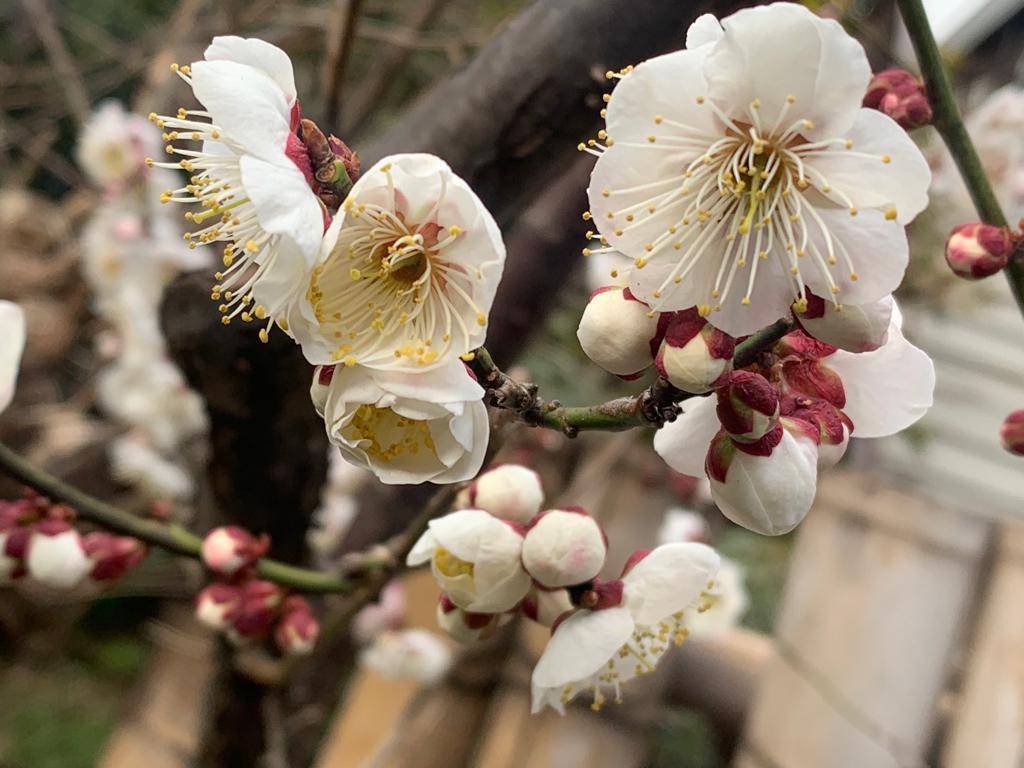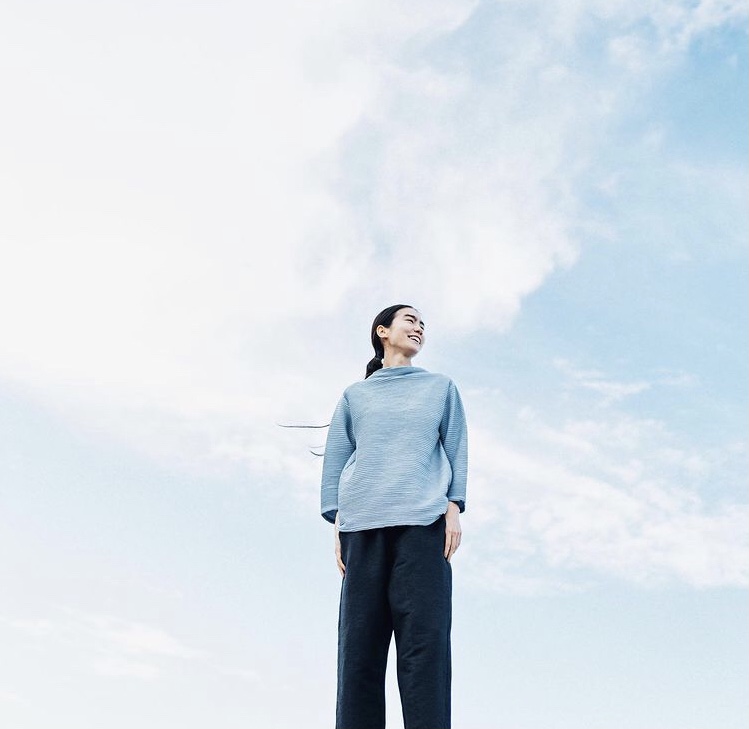The beauty of asymmetry, rooted in Japanese aesthetic
Understanding Japanese culture
Sakura
Here comes spring! After long gloomy weather, spring is finally here with us in Milano.
With some cherry blossoms, Milanese are having small aperitivo at the parks. I do love it.
In Japan, cherry blossoms are a national symbolic flower of the spring. We enjoy A LOT of cherry blossom viewing, called “hanami”, gathering together with family, friends, and colleagues under the trees. And we believe the best time for hanami is when the petals are fallen.
We also drink, but not as much fancy as the ones in Milano.

Japanese aesthetic
Wabi-Sabi
Wabi-Sabi is a traditional Japanese aesthetic worldview centred on the acceptance of imperfect, impermanent, and incomplete. It is usually found in nature.
Japanese people find the most beauty out of the fallen cherry blossoms, not the fully-blooming flowers. Why? Because the sakura’s fleeting and its fragile nature perfectly fits our Wabi-Sabi beauty.
The cherry blossoms last only a few weeks. If it rains and breezes, they only live for a couple of days. A very short life, but this imperfection is what is significant in our aesthetic culture.
Asymmetry
Rei Kawakubo, the founder of Comme des Garçons, often expresses her Wabi-Sabi aesthetic through her sense of design.
Many of her creative garments are unfinished and asymmetrical, which is the opposite of western standard beauty. She finds emptiness in her fashion and appreciates “absent” rather than “present”.
Today, we can find many pieces of asymmetrical garments. Asymmetry is not just cool, but it is somehow deep in itself. The style is undefined and neutral. It gives freedom of expression to anyone who wears it.
If you haven’t checked the oversized denim blouson by ZUCCa, please, take a look. We are always inviting you to enjoy asymmetric beauty as we appreciate it.
Because it is very unique.
*
A piece written by Kotono Sakai – a Japanese girl studying history and fashion at Cattolica university in Milan and interning for suite123
The beauty of asymmetry, rooted in Japanese aesthetic Read More »
